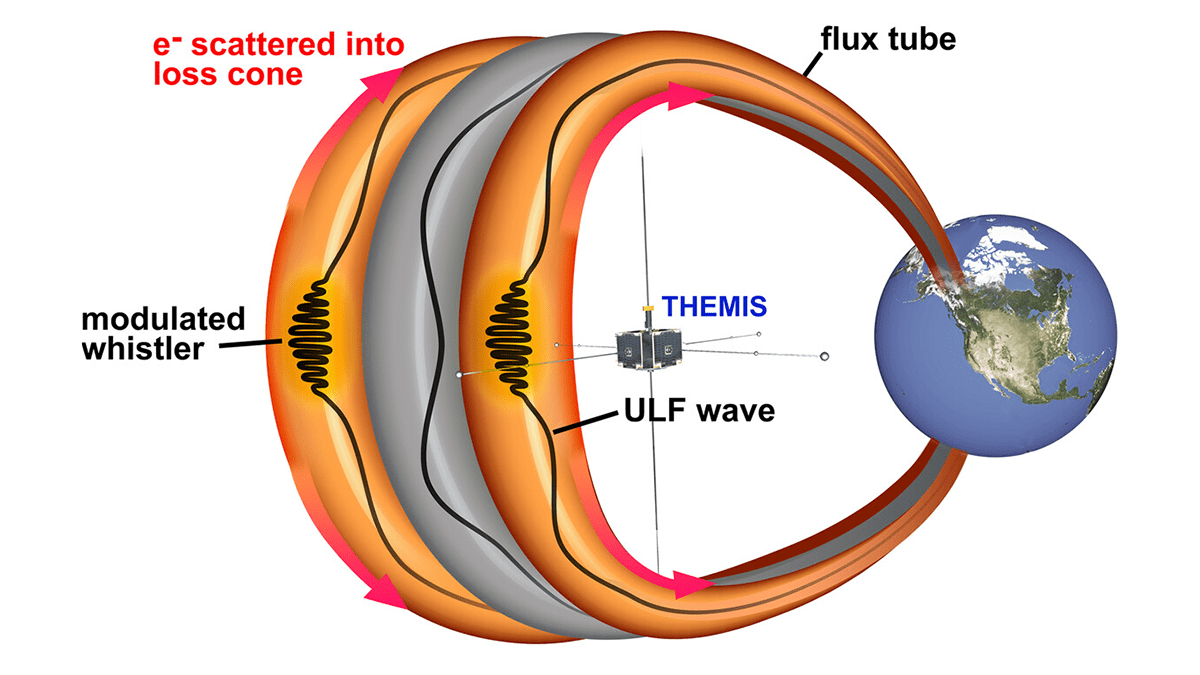Accents
We use accents if that is the only way of spelling the word in English. So café has an accent but naive and cliche do not. Refer to Collins online dictionary to see which words need accents.
When a word with accents is capitalised, the accents are only shown when the whole word is capitalised. So étoile would be Etoile.
Apostrophes
Do not use for plurals, so 1960s, UFOs and MPs (not 1960’s). Form the possessive singular of nouns by adding ’s even when the noun ends in s (e.g. Jones’s). The possessive of a plural that ends in ‘s’ is formed by putting the apostrophe after the ‘s’: the rats’ tails.
Use curly (rather than straight) quote marks and apostrophes.
It is master’s degree and bachelor’s degree.
Bullet points
Do not use outside the ‘speed reads’ and other boxes.
Colon
Use one to introduce a list of particulars, an amplification, an explanation or a quotation. Colons are followed by lower case letters in headlines, unless creating a subheading, e.g.
“Africa Analysis: Making health count”
“Malaria: the forgotten killer”
Commas
Other than the specific uses dealt with below, keep commas to a minimum unless their use aids readers’ understanding. One way to cut their use is to put a person’s job title ahead of their name, for example:
Biology researcher Cilla Starr says: “… rather than Cilla Starr, a biology researcher, says: “…
In lists of three or more items, do not place a comma after the penultimate item, except where necessary to avoid ambiguity. Thus: mathematics, geology, physical and organic chemistry, and metallurgy. Place a comma before a conjunction (such as except or whereas) or other word introducing an independent clause (such as including, suggesting). There is no comma before ‘Jr’ after a name, and never one before a parenthesis. Put commas in addresses and in numbers of 1,000 and higher (but not in dates or page numbers).
The placing of a comma can alter the meaning of a sentence:
Pilots whose minds are dull do not live long
Pilots, whose minds are dull, do not live long
Dashes
Use an em dash (or a pair of em dashes) to separate a phrase of explanation in cases in which parentheses would be too strong, or to avoid nested brackets. They are created using Ctrl+Alt+dash (often the one at the far top right of the keyboard). An em dash should never be immediately preceded or followed by another punctuation mark. Put a character space either side of an em dash, e.g. Maryke Steffens — a professor of microbiology from Australia — goes on holiday a lot.
They are also used as a break in a sentence before a final bit of interesting, surprising or funny text. Never use more than one of this type of dash (or two of the type used to separate a clause) in a paragraph.
For ranges, hyphens should be used.
Ellipses
These are used to indicate where text has been removed from a quote, as in “We don’t know the answer … It could take years.” Note there is a single space either side. But they are best avoided by separating out quotes into independent sections or by paraphrasing.
Exclamation marks
Avoid!
Full stops
These should go outside quotation marks unless the marks contain a complete quoted sentence.
Example: Full stop inside or outside the quotation mark?
She said: “At last, we are alone.”
He said that he had “never been so happy”.
When beginning a quote with a sentence fragment that is followed by a full sentence, punctuate according to the final part of the quote, so the full stop goes inside the quote mark.
To avoid confusion, don’t use full stops at the end of web or email addresses.
Headlines
News headlines are often statements that we know, or have good reason to believe, are true. Like news stories, they should not contain editorial judgements. Where such judgements are made, they need to be placed in single quotes (also known as inverted commas) and attributed to a source in the story.
When to use inverted commas in a news headline
If it is a direct quote — usually but not necessarily including an explicit judgement — from an individual, statement or report described in the story
If it is paraphrased or a summary of such a quote (or judgement)
But never put quotes around the whole headline.
And it is best to avoid using punctuation in headlines as it breaks up the flow, harms comprehension by adding complexity and too much of it can overwhelm the home page or a set of search results. This applies especially to colons (apart from in set title names such as Focus on Disability: …), but is also worth avoiding quote marks, commas (which can be used instead of ‘and’), and even apostrophes if possible.
Hyphens
These are used as little as possible in single words, and then only to avoid confusion in sound (de-ice) or comprehension. The essential function of the hyphen is to remove ambiguity: for example, a low-temperature reactor. The reactor is not low and the removal of the hyphen would change the meaning. In some cases there is no danger of ambiguity: an example is ‘sea surface temperature’, which is as much the surface temperature of the sea as the temperature of the sea surface.
It is important to clarify phrases involving the word more. For example, more-resilient cities refers to cities that are more resilient, whereas more resilient cities means that there are a greater number of resilient cities. Due to the potential ambiguity (as in this case), it may be better to reword unhyphenated phrases involving more. Similarly, take care to avoid ambiguity when using words such as most, least, best and worst.
Use hyphens to form a compound adjective, as in 12-day-old girl, deep-sea sediment. But try to unstack multiple hyphenated adjectives: ‘double-restriction-enzyme-digested DNA’ is clearer as ‘DNA that had been digested by two restriction enzymes’.
Do not use a hyphen between an adverb and the adjective it modifies (clearly defined, unusually long) as there is no ambiguity.
Hyphens are sometimes needed after a prefix to avoid ambiguity: reform and re-form, recover and re-cover; or mispronunciation (co-workers not coworkers). Hyphens can also be used to avoid doubling vowels, but note exceptions such as microorganism, coexistence and cooperation.
Greek characters are hyphenated in mixed Greek-Roman abbreviations: IFN-γ, TNF-α, GTP-γS.
Hanging hyphens are fine, e.g. the move could be short- or long-term.
See the Spelling section for terms that are one word, two words or hyphenated.
Italics
Publication names and book and report titles should be italicised (including in the reference section), as should the names of films, music albums and paintings. But use single quotes for parts of larger works of art, such as song titles.
Also italicise foreign words, including species names.
Use italics to highlight a word or phrase for added emphasis or clarity, but always make sure that readers will see this as helpful rather than distracting or patronising.
Parentheses
Use round brackets ( ) in general text, but to avoid long, complicated sentences make sure that the information they contain is necessary and see if it can go outside them instead.
Square brackets [ ] are used for references. They are also used to clarify a direct quote, for example: “She said that [the project] was not efficient.” But this use should be avoided and there should be no more that one pair of square brackets in a quote. To achieve this, clarify ambiguities, uncertainties and gaps in the lead in to the quote.
Quotation marks
Use double quotes for direct quotations in body copy. Quotes within quotes should be single. Double quotes should be used for reported speech and quotations of other people’s special usage of words. Single quotes are used for non-attributed special uses, to replace ‘so-called’ or ‘known as’. Headlines, blurbs, containers, crossheads and speed reads should only ever have single quotes.
Semicolons
Their main function is to aid comprehension in a list of lengthy items. Other than that, their use is mostly unnecessary in journalism and they should be avoided, especially in news and features.
Slashes
A slash (a forward leaning one or /) should be avoided. It is normally used as shorthand for words such as ‘per’ (as in kilometres/hour), ‘and’ (as in ‘the university offers BSc/MSc courses’) and ‘or’ (as in his/her). Instead, it is better to spell out in full what is meant. When one is used, there should be no space between the slash and the words it separates.







Leave a Comment